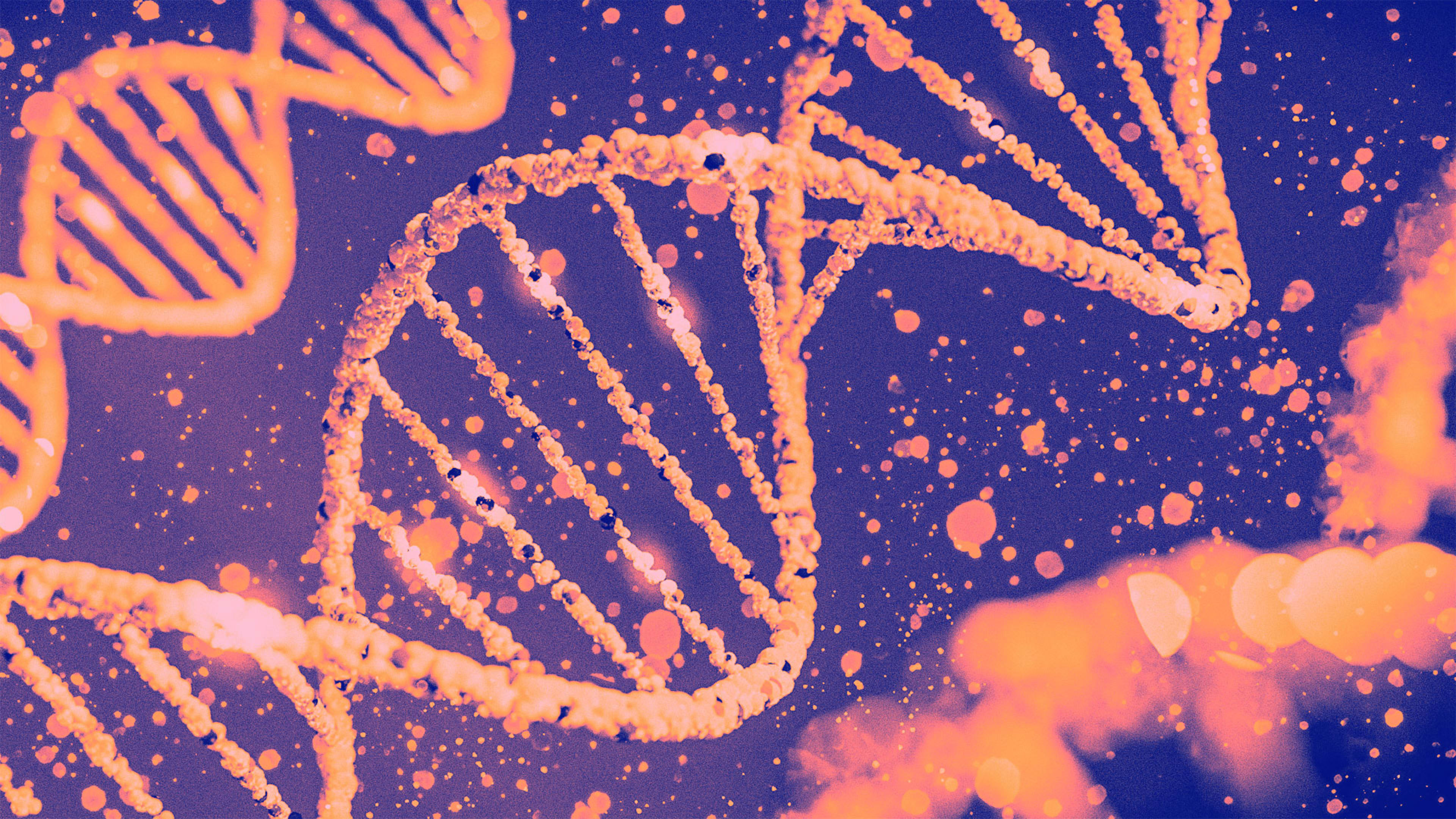2023 was the year that CRISPR gene-editing sliced its way out of the lab and into the public consciousness—and American medical system. The Food and Drug Administration recently approved the first gene-editing CRISPR therapy, Casgevy (or exa-cel), a treatment from CRISPR Therapeutics and partner Vertex for patients with sickle cell disease. This comes on the heels of a similar green light by U.K. regulators in a historic moment for a gene-editing technology whose foundations were laid back in the 1980s, eventually resulting in a 2020 Nobel Prize in Chemistry for pioneering CRISPR scientists Jennifer Doudna and Emmanuelle Charpentier.
That decades-long gap between initial scientific spark, widespread academic recognition, and now the market entry of a potential cure for blood disorders like sickle cell disease that afflict hundreds of thousands of people around the world is telling. If past is prologue, even newer CRISPR gene-editing approaches being studied today have the potential to treat diseases ranging from cancer and muscular dystrophy to heart disease, birth more resilient livestock and plants that can grapple with climate change and new strains of deadly viruses, and even upend the energy industry by tweaking bacterial DNA to create more efficient biofuels in future decades. And novel uses of CRISPR, with assists from other technologies like artificial intelligence, might fuel even more precise, targeted gene-editing—in turn accelerating future discovery with implications for just about any industry that relies on biological material, from medicine to agriculture to energy.
With new CRISPR discoveries guided by AI, specifically, “we can expand the toolbox available for gene editing, which is crucial for therapeutic, diagnostic, and research applications . . . but also a great way to better understand the vast diversity of microbial defense mechanisms,” said Feng Zhang, another CRISPR pioneer, molecular biologist, and core member at the Broad Institute of MIT and Harvard in an emailed statement to Fast Company.
Those defense mechanisms, which bacteria use to ward off enemy pathogens like viruses by snipping away their DNA and building up an immune response, are the basis for modified CRISPR gene-editing systems like the CRISPR-Cas9 system that Casgevy uses to cut away the defective genes that cause sickle cell disease. But that’s a single example of CRISPR. Myriad others, from those already being tested in the clinic to ones we have yet to identify by bacteria across different environments, could provide scientists new avenues for editing genes for medical, agricultural, or industrial use.
“The Cas9 system, which is the one that is most advanced in terms of clinical applications, is just one of many different types of CRISPR systems. Each one has unique attributes that may be useful in different applications,” Zhang said.
This is where AI can give researchers an algorithmic boost. In November, Zhang and a team of scientists at the Broad Institute, the McGovern Institute for Brain Research at the Massachusetts Institute of Technology, and the National Center for Biotechnology Information at the National Institutes of Health announced they had discovered a “treasure trove” of new types of CRISPR systems. The researchers used an algorithm dubbed Fast Locality-Sensitive Hashing-based clustering (FLSHclust) to scour genomic databases of bacteria found in everything from breweries to mines to dog saliva. They identified 188 types of rare, previously undiscovered CRISPR systems in bacteria with the potential to spur safer, more targeted, and precise gene-editing methods in human medicine and beyond.
“One of the important lessons we took from this study is the importance of biodiversity,” Zhang said. “The new systems that we found came from environmental samples from around the world. Within these samples, we discovered lots of new, exciting biology, and, hopefully, the seeds for future powerful tools and therapeutics.”
Recognize your brand’s excellence by applying to this year’s Brands That Matter Awards before the early-rate deadline, May 3.
